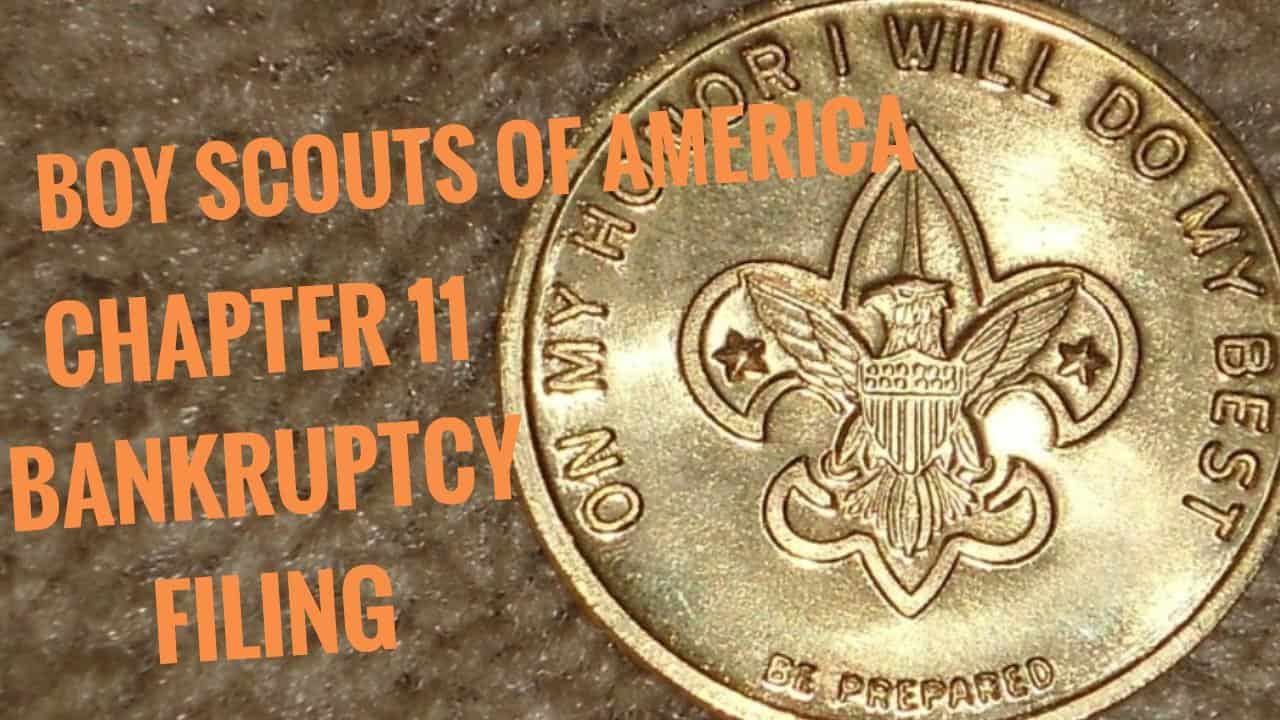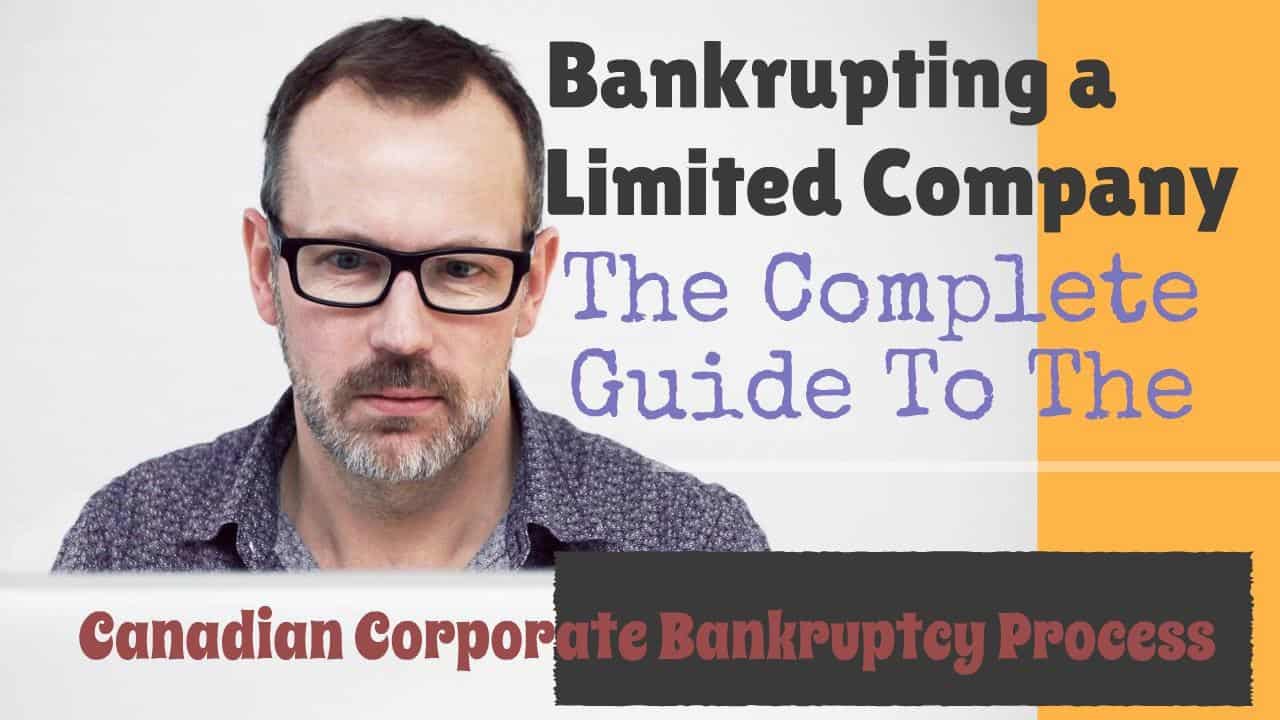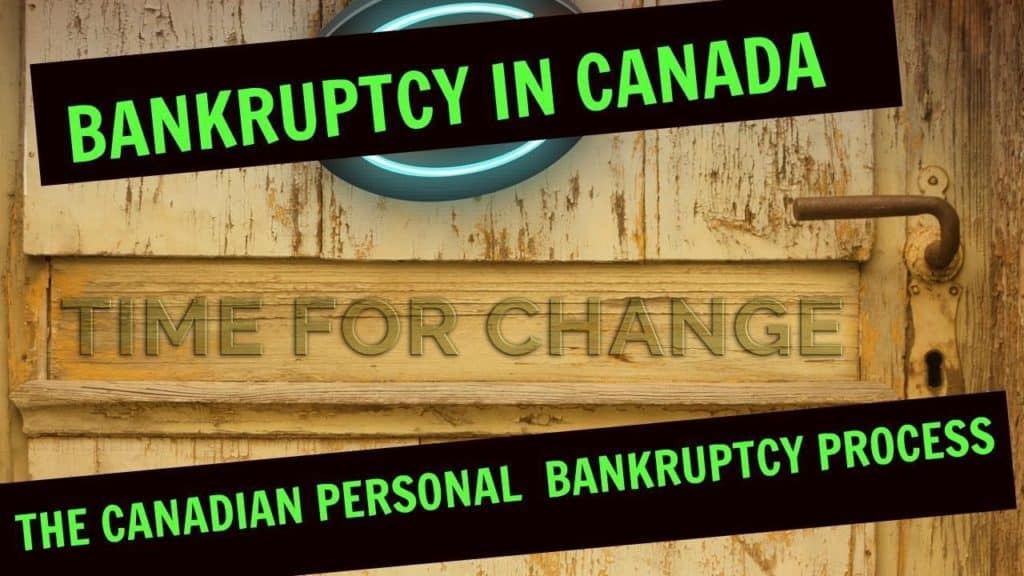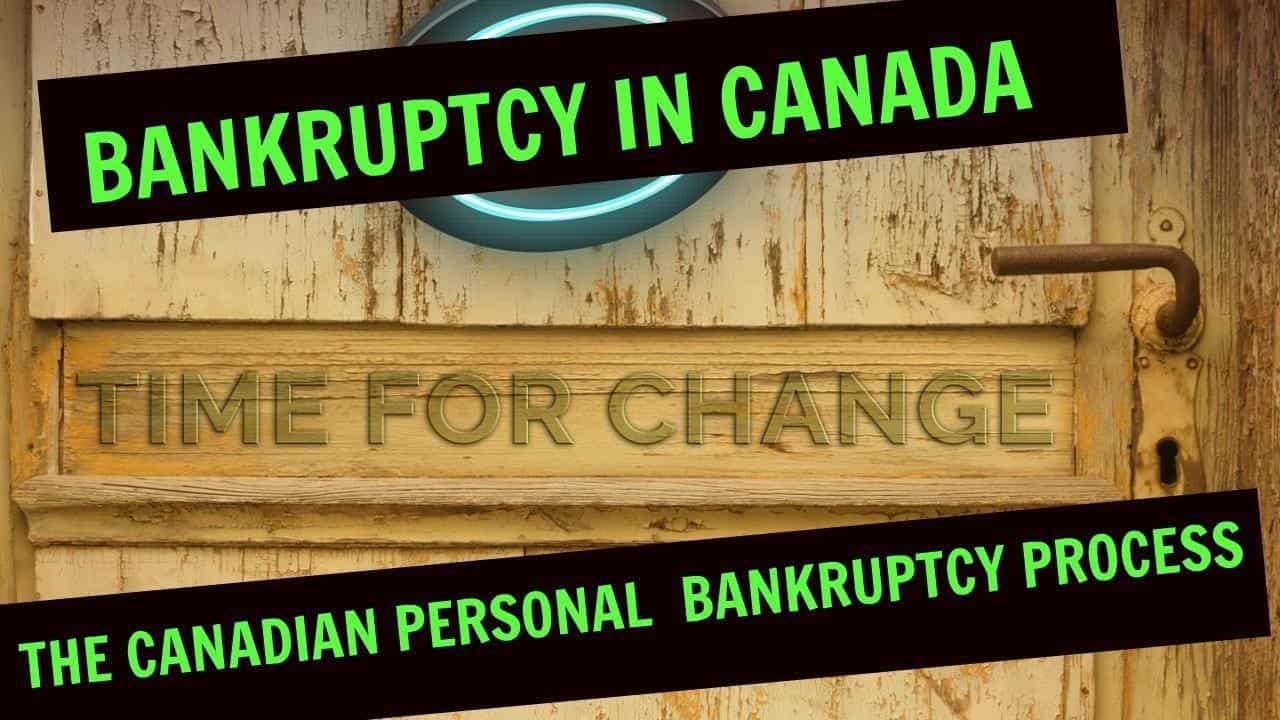Introduction
The purpose of this Brandon’s Blog is to describe the final type of bankruptcy in Canada. I will describe it from the viewpoint of creditors. Previously I’ve blogged about the three types of bankruptcies in Canada. I also wrote about the personal bankruptcy process and the corporate bankruptcy process in Canada.
Personal bankruptcy and corporate bankruptcy in Canada
From the first two, the personal bankruptcy process and the corporate bankruptcy process, that was from the perspective of a person or company filing an assignment in bankruptcy. I also wrote about a person or company being pushed into bankruptcy by one or more creditors through a bankruptcy application and a bankruptcy order.
Today’s blog is to talk about the third type of bankruptcy and that is a deemed assignment in bankruptcy. The deemed assignment is most commonly associated with when a financial restructuring under the Bankruptcy and Insolvency Act (Canada) (BIA) heads south.
Creditors and a deemed assignment in bankruptcy
In Canada, very large corporate restructurings are done under the Companies’ Creditors Arrangement Act. A person or a company of any size can also restructure under the BIA. This blog is about restructuring under the BIA to illustrate the third way a person or company can go bankrupt through a deemed assignment in bankruptcy.
The reason people or companies would file for a financial restructuring is to get a time out from its creditors taking action against them trying to collect on debts. People who owe more than $250,000 and companies who have too much debt qualify to restructure under the financial restructuring debt settlement provisions of the BIA. A restructuring filing gives them the needed time out to formulate a plan for settling the debt.
If a person owes $250,000 or less, then there is a different restructuring provision of the BIA available. That provision is the consumer proposal restructuring debt settlement section. If a consumer proposal restructuring attempt fails, that ultimately does not end up in being a deemed assignment in bankruptcy.
The deemed assignment in bankruptcy, the third type of bankruptcy in Canada, is really the topic of this blog.
Financial restructuring under the BIA
So the BIA has a financial restructuring section. The debtor needing a timeout can either file their restructuring proposal straight away or first buy some extra time by filing a notice of intention to make a proposal. If a debtor first files a notice of intention to make a proposal, within 10 days after that, they need to file a cash flow statement in the prescribed form plus related extra documents (unless the time period is extended by the court). The restructuring proposal must be filed within 30 days after the filing of the notice of intention to make a proposal.
When a debtor files the actual restructuring proposal a cash flow statement has to be filed with it as well. It will be an original one if the debtor goes straight away to the filing of the proposal or an updated one if they first filed the notice of intention to make a proposal.
Meeting of creditors to consider the proposal
Once filed the Licensed Insolvency Trustee (formerly called a bankruptcy trustee) (Trustee) must notify the creditors of the filing of a notice of intention to make a proposal and the restructuring proposal. The Trustee must call a meeting of creditors within 21 days of the filing of the restructuring proposal.
The creditors get to vote to approve or not approve the restructuring proposal creditor acceptances by voting and must be in the requisite majority calculated as a simple majority in number and at least 2/3 of the dollar value of all claims voting either in person at the meeting or by proxy and voting letter delivered to the trustee prior to the start of the meeting.
The need for Court approval
After creditors accept the Proposal, the Trustee must get the restructuring proposal approved by the court. For the court approval process, the court considers if:
- the restructuring proposal, are the terms of the restructuring proposal fair and calculated to benefit the general body of creditors?
- Did the Trustee properly follow all required procedural steps including properly holding and counting the voting by the creditors?
As long as the answers to these questions are yes and the restructuring proposal took the interests of all stakeholders into account, then the court will approve the restructuring proposal. Then the company or the person must successfully complete it including making all payments required under the restructuring proposal.
How can a restructuring proposal fail or head south?
A financial restructuring plan under the BIA can fail if:
- the person or company fails to file the required cash flow statement and related documentation within the 10 day period after the filing of the notice of intention to make a proposal or the debtor;
- fails to file a financial restructuring proposal within the 30-day time limit after the filing of the notice of intention to make a proposal or such greater time period authorized by the court;
- the requisite majority of creditors voting do not accept the restructuring proposal;
- the court does not approve the restructuring proposal; or
- the restructuring proposal is accepted by the creditors and approved by the Court but the debtor fails to make the payments and do any other things contained in the restructuring proposal.
When the debtor is automatically bankrupt when there is an event of default in the Proposal
Under the following situations, the person or company will be deemed to have filed an assignment in bankruptcy if the person or company:
- fails to file the required cash flow statement;
- the debtor fails to file the financial restructuring proposal on time;
- the requisite majority of creditors voting do not accept the restructuring proposal; or
- the court does not approve the restructuring proposal
Under any of these conditions, the person or the company is automatically deemed to have filed an assignment in bankruptcy. You can go back and review my earlier blogs for the personal bankruptcy process and for what the corporate bankruptcy process is all about.
You can do the same thing when the restructuring proposals are accepted by the creditors and approved by the court but the debtor fails to make payments or do any of the other things contained in the restructuring proposal.
A Proposal default that does not automatically mean bankruptcy
Unlike the other events of default, when the debtor fails to make a payment under the Proposal, there is not an automatically deemed assignment in bankruptcy. Rather the Trustee has to give notice to the debtor and if there are any the inspectors in the restructuring to them also. The person or company attempting to restructure then has 30 days to remedy the default. If they do not remedy the default after the 30 day period then the Trustee has to issue a notice of default which is sent to the debtor, the creditors, and to the Superintendent of Bankruptcy.
After giving notice of default, the Trustee does not have to do anything else. Any one of the creditors can then bring a court motion to annul the restructuring proposal. If the Trustee has the funding to do so and is directed by the inspectors, the Trustee can also bring that motion.
If the motion is brought and is successful then and only then is the person or company deemed to have filed an assignment in bankruptcy.
But if nobody brings the motion the company or person actually just floats out there and the Trustee is entitled to go for taxation of its receipts and disbursements, make whatever distribution it can with the funds on hand and then go get its discharge.
Three types of bankruptcy in Canada
So to recap, the three types of bankruptcies in Canada are:
- filing an assignment of bankruptcy;
- a bankruptcy application and the issuance of a bankruptcy order; and
- as explained in this blog, a deemed assignment in bankruptcy.
I hope you enjoyed this blog on creditors, a financial restructuring proposal and the process for a deemed assignment in bankruptcy. The IraSmith team is available to help you at any time. We offer sound advice and a solid plan for Starting Over Starting Now so that you’ll be well on your way to a debt-free life in no time.
Do you have too much debt? Are you banking on some outside event that you have no control over, like an inheritance or gambling winnings to save you or your company?
If yes, then you need immediate help. The Ira Smith Team comprehends just how to do a debt restructuring. Much more notably, we know the demands of the business owner or the person who has too much debt. Due to the fact that you are managing these stressful financial problems, you are anxious.
It is not your fault you cannot fix this issue on your own. You have just been shown the old ways. The old ways do not work anymore. The Ira Smith Team makes use of new contemporary ways to get you out of your debt troubles while avoiding bankruptcy. We can get you debt relief now.
At Ira Smith Trustee & Receiver Inc., we take a look at your whole condition and layout a strategy that is as unique as you are. We take the load off of your shoulders as a part of the debt negotiation approach we will create just for you.
We understand that individuals facing financial troubles require a lifeline. That is why we can establish a restructuring procedure for you as well as end the pain you feel.
Call us now for a no-cost consultation. We will certainly get you or your business back on the road to a well balanced and healthy life and end the pain factors in your life, Starting Over, Starting Now.





 Introduction
Introduction






 Introduction
Introduction